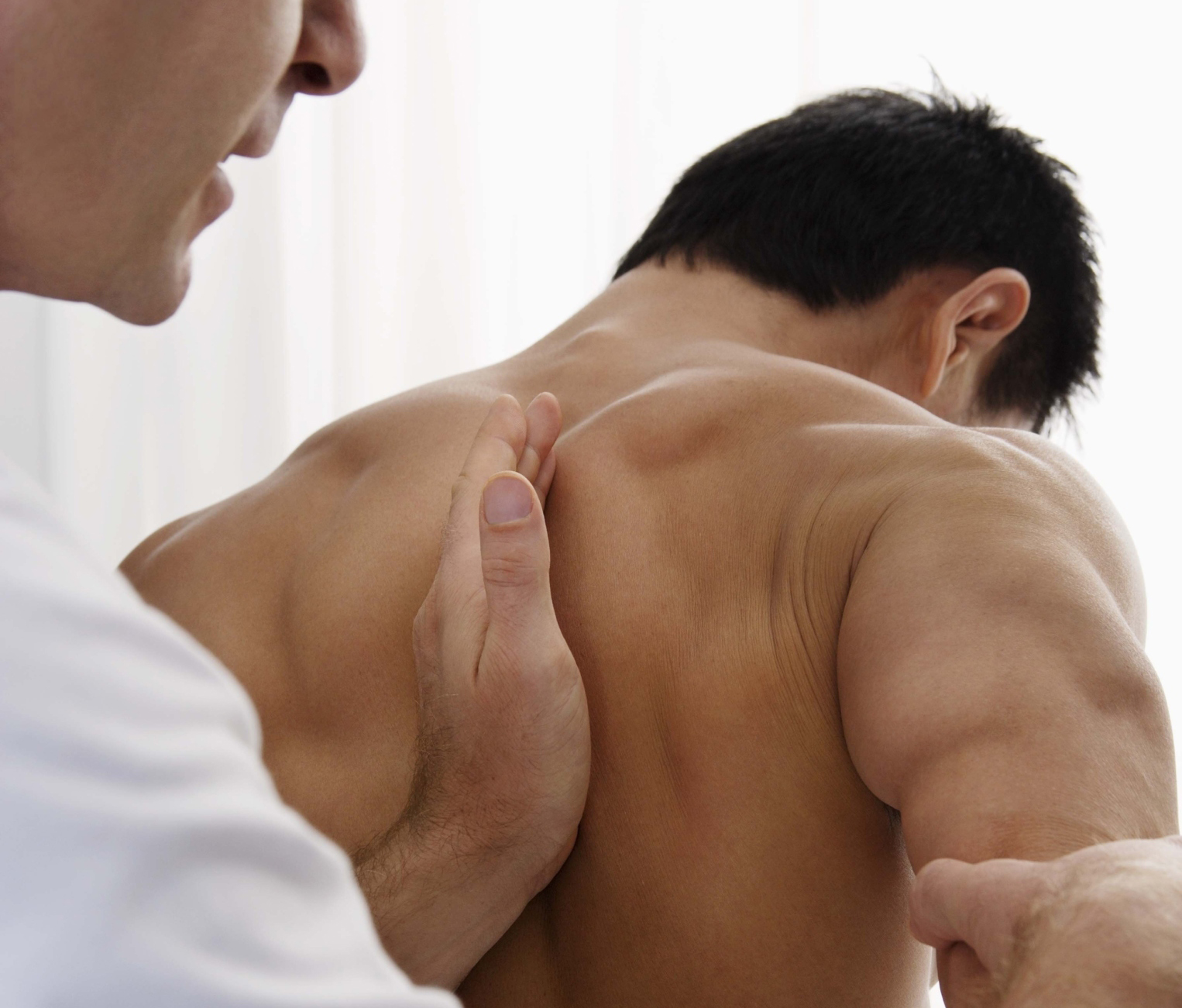
There is some disagreement among physicians about when shoulder dislocation should be treated quickly with surgery and when the problem should be managed more conservatively, at least at first. Obviously, every case is different. Generally, young athletes – especially males under 20 years who want to return to a competitive sport that involves overhead movements – may benefit from shoulder surgery. Without surgery, the chance of recurrent dislocation in this population is very high. The reasons for this are numerous but the data are conclusive that the young athletic male should have surgery sooner rather than later. Primarily, ligaments are the root of instability and subsequent dislocation.
The vast majority of dislocations occur when a sudden shock (such as a fall onto an outstretched arm, a motor vehicle accident or a sports collision) stretches and tears the ligaments that normally stabilize the shoulder. Consequently, the ball-shaped head of the upper arm bone (the humerus) pops partially or completely out of its socket (part of the scapula, the shoulder blade). Can the ligaments be “tightened/supported” enough with conservative measures, like physical therapy, to return the shoulder to its pre-injured condition? Sometimes, but it can take a few months to tell is this approach is effective. Options include modifying activity to avoid to avoid strain and letting the tissues try to heal; taking anti-inflammatory medications (if your physician agrees); and pursuing a muscle-strengthening program we would design to help stabilize the joint and compentsate for the stretched tendons and ligaments. If these options do not work well enough, however, either arthroscopic or open-shoulder surgery can be performed to repair the ligaments and tendons and restore their ability to stabilize the joint. Afterward, months of progressively more intense physical therapy measures ensure your best chance of full and lasting recovery. If you are not convinced that surgery is the best option for you, get a second or even a third opinion. no matter what treatment you ultimately choose, physical therapy will promote the healing, strengthening and stability of the shoulder joint in the body, incidentally, which is why it is the most prone to dislocation in the first place.


















